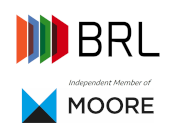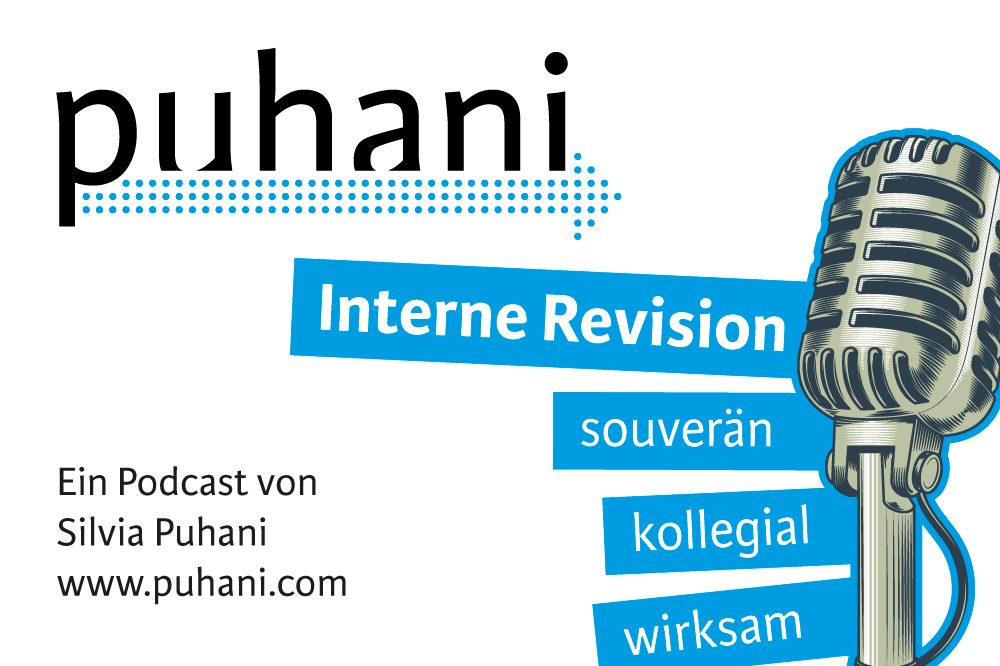Ihr Warenkorb ist leer
Sie sind Gast
Suche verfeinern
Nutzen Sie die Filter, um Ihre Suchanfrage weiter zu verfeinern.
Ihre Auswahl
-
nach "2010"(Auswahl entfernen)
… nach Dokumenten-Typ
Alle Filter entfernenSuchergebnisse
210 Treffer, Seite 6 von 21, sortieren nach:
Relevanz Datum
-
eBook-Kapitel aus dem Buch Revision des externen Rechnungswesens…gegeben werden. 26 BStBl I 1995, S. 738 ff., siehe Anlage 3. 27 Siehe Anlage 4: BMF-Schreiben vom 16.07.2001, IV D 2 – S 0316 – 136/01, Grund- sätze zum… …ausreichend sichere Aufbewah- rung gewährleistet? 31 Vgl. Oberfinanzdirektion Koblenz, Rundverfügung vom 06.01.2006, S 7134 A – St 44 2, abgestimmte Auffassung… …zwischen Bund und Ländern. 32 Vgl. Oberfinanzdirektion Koblenz, Rundverfügung vom 05.05.2007, S 7134 A – St 44 2, im Einvernehmen mit dem…Alle Treffer im Inhalt anzeigen
-
eBook-Kapitel aus dem Buch Global Management Challenges for Internal Auditors…: www.treuhaender.ch. 2 Cf. The IIA’s Vision for the Future Task Force (2007), p. 3, Bantleon/Unmuth (2008), p. 106 and Baker (2009), p. 56. 3 Cf… …development of the IPPF. 2 Elements of the Updated Framework The IPPF consists of six elements which are either mandatory or strongly recom- mended. The… …IIA’s Vision for the Future Task Force (2007), p. 2. 7 All of the elements of the IPPF are available to members of the IIA on http://www.theiia.org… …Auditing (cf. Figure 2) describes its underlying purpose, characteristics and scope. Unlike the other elements of the IPPF, the Definition of Internal… …systematic, disciplined approach to evaluate and improve the effectiveness of Risk Management, Control, and Governance processes. Figure 2: Definition of…Alle Treffer im Inhalt anzeigen
-
eBook-Kapitel aus dem Buch Global Management Challenges for Internal Auditors…. 2 Specifics of Leasing Companies’ Risks Depending on the nature of the lease, the business of leasing companies is related to the variety of risks… …recipient (the more rent that has been paid off, the less cash is exposed to the risk), and (2) the type of leasing – financial leasing or leasing with… …decision-making tools, 2. the establishment of the determination processes and an assessment of the leas- ing subject value, Efficient Risk Management in…Alle Treffer im Inhalt anzeigen
-
eBook-Kapitel aus dem Buch Global Management Challenges for Internal Auditors…salary increase. 2 Development of Company Culture While in some organisations company culture is created and grows spontaneously, in others it is… …American psychologist H. Maslow’s “pyramid of needs” (see figure 2). In this model, the first level of needs is represented by primary needs, such as the… …social needs are used to motivate the employees to achieve the company goals Figure 2: Maslow’s pyramid 4 Internal Audit and Company Culture… …interests of the company and those of the employees are poles apart: lack of company culture) 2. the employees do not observe any correlation between their…Alle Treffer im Inhalt anzeigen
-
eBook-Kapitel aus dem Buch Global Management Challenges for Internal Auditors…training and guidance for non- executives. 2 Non-Executive Failure? The UK’s corporate governance system is hinged on the effectiveness of nonexecu- tive…
-
eBook-Kapitel aus dem Buch Global Management Challenges for Internal Auditors…, which, inter alia, resulted in the regulation of Article 91 Par. 2 AktG (German Companies Act). Through this, the duty exists to undertake precautions… …organisational, tech- nical and personnel measures. Internal audit should be regarded as part of the bun- dle of measures. 2 Elements and Regulations of IT… …performance t to a higher level than prior to establishment. Fig. 2 illustrates both situations, if, after the initiation of measures t(1), IT compliance is… …afterwards t¬C(2). Figure 2: Comparison of the effects of IT compliance on performance44 When investments are absent, the efficiency of the… …point out that the translation from English is frequently used incompletely in the literature and practice. Lohre 76 (Article 91 Par. 2 AktG…Alle Treffer im Inhalt anzeigen
-
eBook-Kapitel aus dem Buch Global Management Challenges for Internal Auditors…powerful concept, it is key to understand its limits and difficulties. Let’s be realistic, simple and flexible. Summary 2: Continuous Audit projects… …problem of defin- ing samples disappears. Why select a group of transactions when it is possible to perform tests on the whole universe? 2 …Not Always… …picture, where the most important risks generally lie. 2. The “Large” Continuous Auditing System. Developing an application with excessively global… …imagination. The stages of the process involve: 1. Obtaining relevant information 2. Structured storage of the data 3. A (mainly) qualitative…Alle Treffer im Inhalt anzeigen
-
eBook-Kapitel aus dem Buch Global Management Challenges for Internal Auditors…and even a lesser reliance on longer-term historical data. 2 Key Lessons-learned On a general level, one of the key lessons-learned from the…
-
eBook-Kapitel aus dem Buch Global Management Challenges for Internal Auditors…wasn’t a brief conversation,” he says. 2 Show the Impact The key to convincing an audit committee that less internal audit budget equates to less… …significantly down the scale now. 2. Look at the way the audit function works. Find ways to reengineer your de- partment and to stratify those items that are…
-
eBook-Kapitel aus dem Buch Global Management Challenges for Internal Auditors…demonstrates the required development and outlines perspectives for performance measurement and controlling of internal audit. 2 Necessity of Planning and… …: “Meas- urement needs to be more than asking a few colleagues a few questions ... (Likier- mann (2006), p. 24).“ (See also Fig. 2.) What are the main… …Other reasons 29.2 256 Figure 2: Empirical study regarding the quality assessment (cf. The Institute of Internal Auditors (2007), p. 4)… …Performance, in: Internal Auditor, 57th Vol., 2000, H. 2, p. 36–41. Zwingmann, L. (2006), Erwartungen an die Wertsteigerungsbeiträge der Internen Revision…Alle Treffer im Inhalt anzeigen
- Kontakt
- |
- Impressum
- |
- Datenschutz
- |
- Cookie-Einstellung
- |
- AGB
- |
- Hilfe



